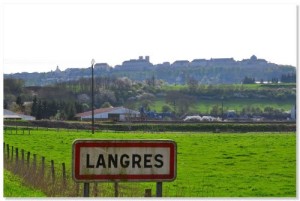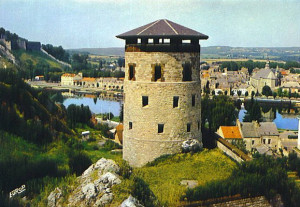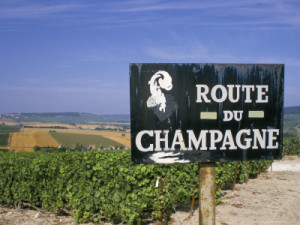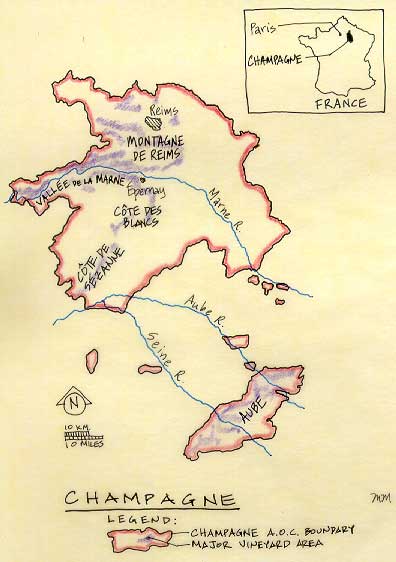Let Terroirs Travels create an intimate tour customized to your needs, or select one of our pre-packaged value tours for small groups . . .
Terroirs Travels will design itineraries, recommend and reserve hotels, restaurants, transportation, English speaking guides, cultural activities, special events and so much more.
We are Your Personal Concierge Abroad!
“It is not hard to guess why the Champagne region is famous or what attracts the visitors – champagne is of course loved the world over, and many people like to pay a pilgrimage to the source of the world’s most celebrated party drink!”
Highlights of the wine regions of Champagne Wine Region
Click here to view a short video on Champagne
 Reims
Reims
No visit would be complete without a trip to the renowned cathedral and palace at Reims.
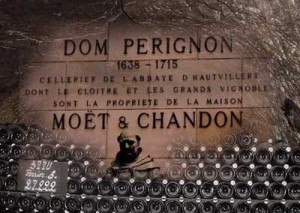 Epernay
Epernay
Both Epernay itself and the surrounding countryside offer numerous ways to enjoy the local champagne!
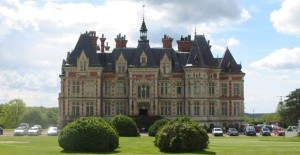 Troyes
Troyes
The heart of Troyes contains an intriguing mix of renaissance and medieval architecture.
Langres
The ramparts in Langres date back up to 2000 years and are more than three kilometers long!
Givet
Givet is known for Charlemont Fort that stands on a hill overlooking the town and the Champagne countryside
Chalons-en-Champagne is the regional capital and home to several imposing gothic style cathedrals and churches.
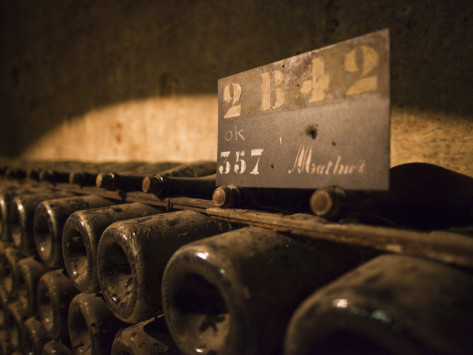
The Champagne wine region is a historic province within the administrative province of Champagne in the northeast of France. The area is best known for the production of the sparkling white wine that bears the region’s name. EU law and the laws of most countries reserve the term “Champagne” exclusively for wines that come from this region located about 100 miles (160 km) east of Paris.
The viticultural boundaries of Champagne are legally defined and split into five wine producing districts within the administrative province: Aube, Côte des Blancs, Côte de Sézanne, Montagne de Reims, and Vallée de la Marne. The towns of Reims and Épernay are the commercial centers of the area.
Located at the northern edges of the wine growing world, the history of the Champagne wine region has had a significant role in the development of this unique terroir. The area’s proximity to Paris promoted the region’s economic success in its wine trade but also put the villages and vineyards in the path of marching armies on their way to the French capital. Despite the frequency of these military conflicts, the region developed a reputation for quality wine production in the early Middle Ages and was able to continue that reputation as the region’s producers began making sparkling wine with the advent of the great Champagne houses in the 17th & 18th centuries. The principal grapes grown in the region include Chardonnay, Pinot Noir, and Pinot Meunier. Pinot Noir is the most widely planted grape in the Aube region and grows very well in Montagne de Reims. Pinot Meunier is the dominant grape in the Vallée de la Marne region. The Côte des Blancs is dedicated almost exclusively to Chardonnay.
Rivalry with Burgundy
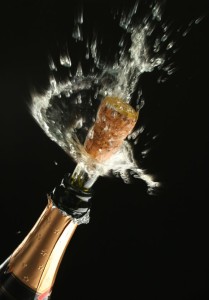 A strong influence on Champagne wine production was the centuries old rivalry between the region and Burgundy. From the key market of Paris to the palace of Louis XIV of France at Versailles, proponents of Champagne and Burgundy would compete for dominance. For most of his life, Louis XIV would drink only Champagne wine with the support of his doctor Antoine d’Aquin who advocated the King drink champagne with every meal for the benefit of his health. As the King aged and his ailments increased, competing doctors would propose alternative treatments with alternative wines, to sooth the King’s ills. One of these doctors, Guy-Crescent Fagon conspired with the King’s mistress to oust d’Aquin and have himself appointed as Royal Doctor. Fagon quickly attributed the King’s continuing ailments to champagne and ordered that only Burgundy wine must be served at the royal table.
A strong influence on Champagne wine production was the centuries old rivalry between the region and Burgundy. From the key market of Paris to the palace of Louis XIV of France at Versailles, proponents of Champagne and Burgundy would compete for dominance. For most of his life, Louis XIV would drink only Champagne wine with the support of his doctor Antoine d’Aquin who advocated the King drink champagne with every meal for the benefit of his health. As the King aged and his ailments increased, competing doctors would propose alternative treatments with alternative wines, to sooth the King’s ills. One of these doctors, Guy-Crescent Fagon conspired with the King’s mistress to oust d’Aquin and have himself appointed as Royal Doctor. Fagon quickly attributed the King’s continuing ailments to champagne and ordered that only Burgundy wine must be served at the royal table.

